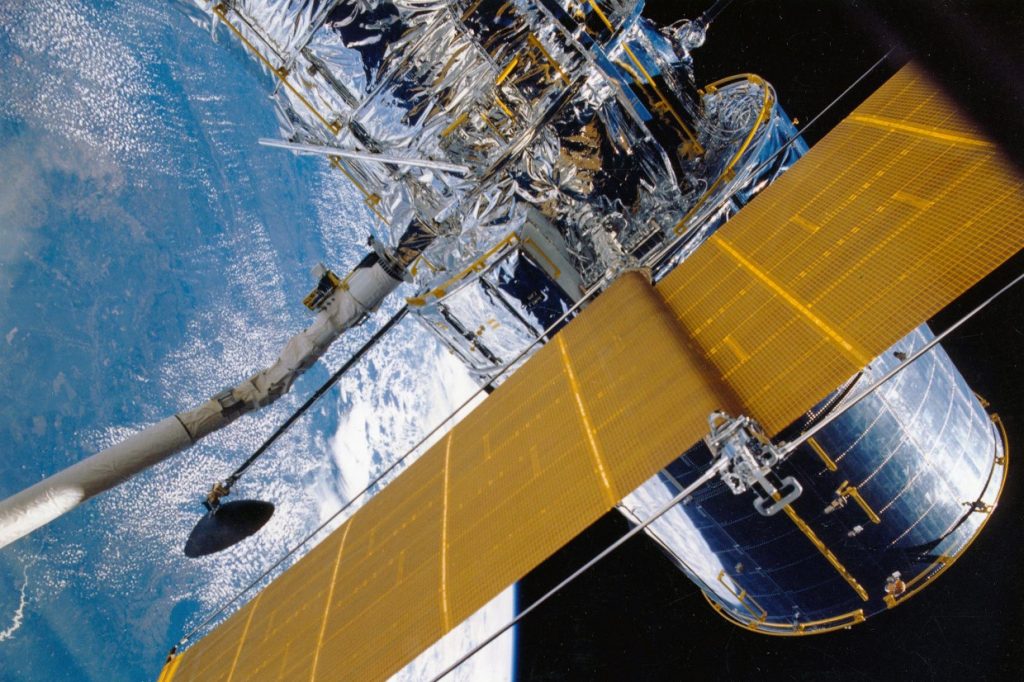
CDO Driving Digital Transformation
In the last 5 years, more companies seem to be assigning Chief Digital Officers (CDO). A position that is part chief marketing officer and part chief information officer. When the position had first emerged, the general perspective was that this position was unnecessary and temporary. Last week, Mindtree released a survey that may state the contrary.
The survey “conducted among 323 global businesses and IT professionals in the U.S. and U.K. who work under a CDO, found that 76% of respondents believe the CDO position is becoming more relevant since the role was created. Only 7% believe the CDO role is less relevant today”.
CDO is not yet a permanent corporate fixture, but it will be interesting to see how the position continues to be utilised in the future.
Chief Digital Officer Driving Digital Transformation
NSGIS releases annual Geospatial Maturity Assessment

Every year, NSGIC members, stakeholders and sponsors are presented the NSGIC Geospatial Maturity Assessment. This American assessment “provides a summary of geospatial initiatives, capabilities, and issues within and across state governments”. The purpose of this bi-annual report is mainly to aid state government in setting goals by clearly stating the relevant strengths, weaknesses, opportunities and threats. By doing so, peers can be identified for collaborative purposes, and areas requiring additional attention can be identified.
If you would like to review the full report, click here.
2019 NSGIC Geospatial Maturity Assessment
Realizing the Power of Geospatial Data
Geospatial data is used in most aspects of our everyday lives, and as each day passes, its presence and benefits continue to grow.
We used to think of Geospatial data as just the data collected from GPS to get us from A to B, but it has become so much more than that. This data is used as a time stamp to replace maps as the digital representation we see around us. This is data used by delivery services, such as Uber, to go beyond the point A to B and allow tracking and users to feel safer. This is the same data that allows ambulance to get to their correct destination more quickly. Statistics show that in Ireland this has reduced heart attack related deaths by 7-10%.

Although there are some barriers limiting the speed of growth, such as lack of awareness of geospatial applications and the lack of political will and means to invest, progress is still being made. Countries see the benefit this data can have on flood prediction, evacuation plans, and so much more. Location data helps us better understand the world we live in, and its benefits can only aid us.
Opinion: the ‘power of where’ – realising the potential of geospatial data
Using AI to Predict Traffic Flow
The Institute for Advanced Research in Artificial Intelligence (IARAI) announced the winners of theTraffic4cast competition on Monday December 16th, 2019. This competition’s goal is to challenge competitor to uniquely merge AI and traffic research. The winners from South Korea, Oxford/Zurich and Toronto were part of the 40+ teams.
Competitors were tasked to forecast the traffic displayed to them via movie clips of three different cities. “Contestants were given 285 full training days… and 72 testing days… Each contestant then had to produce the three consecutive images following each given block of 12 images in each movie file for each day in the test set for each city”.
Traffic4cast competition reveals novel way to predict traffic flow using AI




Be the first to comment